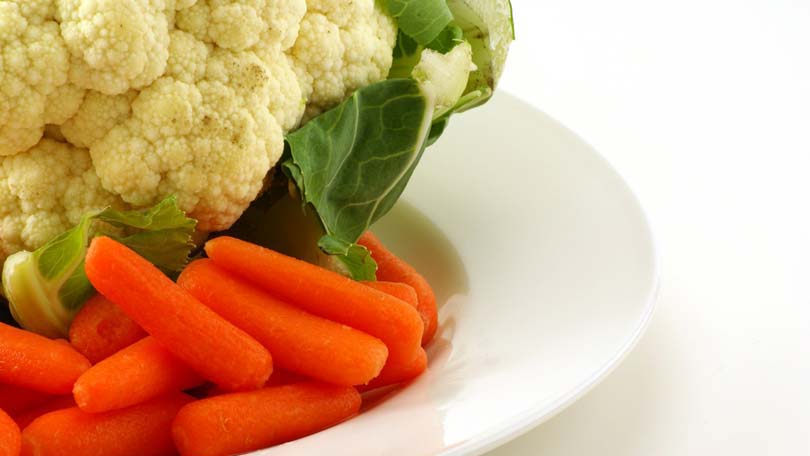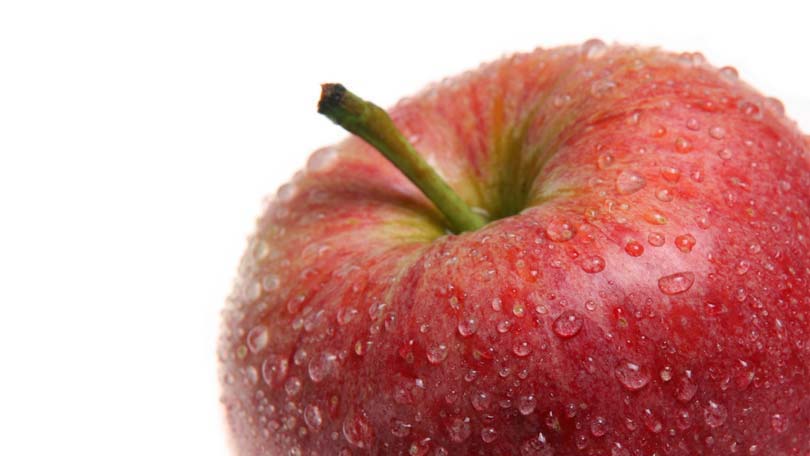
Carrots are a versatile veggie that can be delighted in fresh in the summer season or prepared from frozen throughout the year. Freeze some at the peak of harvest and you’ll have the ability to enjoy them in soups, stews and as a side dish any time.
To maintain the best taste over the long term, pick the right carrots. The carrots you freeze need to be as fresh as possible. If you grow them in your garden, attempt freezing them quickly after you pick them, ideally within 2 hours. Bear in mind that smaller sized carrots are usually more tender and tasty. Do not use carrots that are dry or splitting– they will not hold their flavor or texture through the freezing procedure.
The procedure of freezing involves 3 main actions: chopping, blanching and cooling, and the real freezing.
Carrots are best frozen in little pieces, but you can freeze very little carrots entire. Depending on the ways you plan to utilize them, you can, to paraphrase late-night commercials, dice, piece or julienne. Start by cutting off the tops and suggestions. Peel the carrots and after that slice into the desired shape and size.
Blanching is vital for most veggies you are preparing to freeze– the enzymes in the veggie, if left unchecked, will ultimately break down its nutrients and diminish its texture and taste. Blanching ruins the enzymes prior to the vegetables are frozen. Prior to blanching, fill a large bowl with ice and cold water and keep it useful.
To blanch chopped carrots, add them to a pot of boiling water, about 2/3 full, and cover. Blanch whole, little carrots for about 5 minutes, and sliced carrots for 2-3 minutes.
Now for that ice water– as soon as the carrots are done, plunge them in the cold water to ensure they do not get overcooked. Keep them in the ice water for the same length of time that you blanched them. If you blanched entire, small carrots for 5 minutes, you must cool them for 5 minutes.
Drain pipes the carrots and then position them in the bag or container you are using for freezing. The kind of container depends on you, however you must choose one that stays out wetness and air to avoid freezer burn. If you use plastic bags, guarantee that they are created for usage in the freezer. The Nutrition Resources department of Colorado State University mentions that good quality stiff plastic or glass containers are best, however likewise states that plastic freezer bags are good for freezing.
There are 2 freezing approaches: dry pack and tray pack. With dry packaging, you just position the carrots in your chosen container, leaving head space for them to expand. In rigid containers you must leave 1/2″ head space. Fill freezer bags only to within 3″ of the top. To tray pack, place chilled, well-drained carrots in a single layer on a tray and let them freeze before packing. Tray packaging leaves the carrots different instead of frozen in one solid block, which can be better for determining when you need them in a dish.
You can keep frozen carrots for about 10 to twelve months.




